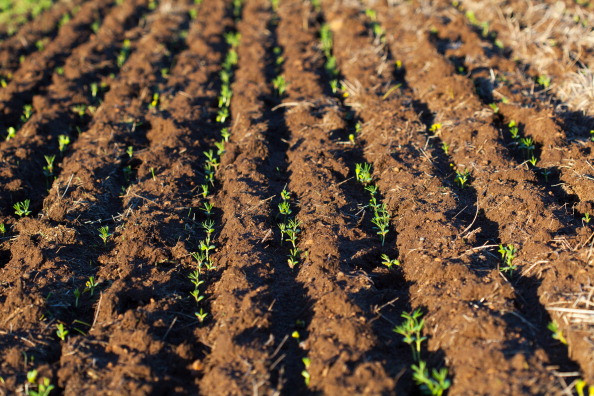Ancient DNA reveals how farming emerged independently in different Neolithic populations
Farmers in ancient Iran and the Levant were genetically diverse, suggesting they developed farming in parallel.

The world's first farmers came from two genetically distinct populations in the Middle and Near East, scientists have discovered. Farmers in the Levant differed significantly from those who lived around the same time in Iran, suggesting that agriculture was developed in two regions independently.
Early humans were nomads who transitioned from being hunter-gatherers to farmers between 10,000–9,000 BC in the Near East. This was perhaps one of the most life-changing moment in all of human history, profoundly altering our ancestors' culture and social organisation.
People began establishing permanent settlements and depending on reliable food supplies. For long however, it had been unclear farming spread from a single population or multiple groups.
The study, published in the journal Nature Genetics, is based on an analysis of DNA samples belonging to 44 ancient humans.
The samples date back to between 12,000 and 1,400 BCE - from Natufian hunter–gatherers to Bronze Age farmers and were recovered in skeletons found in regions that correspond to present-day Iran, Armenia, Turkey, Israel and Jordan.
Population mix
The scientists' aim was to understand how agriculture spread to Europe and whether the ancestors of farmers in this part of the world came from the same area in the Near East. To date, the poor preservation of DNA in warm climates had made it challenging to study the population structure and history of the first farmers and to trace their contribution to later populations.
However, recent developments in the field of genetics made it possible to overcome these technical difficulties. The first consisted in using DNA from the petrous bone at the base of the skull – which has recently been found to contain more DNA than other skeletal elements. Secondly, the researchers used a method known as in-solution hybridisation which enriches the extracted DNA and helped scientists come up with clear DNA sequences.
Comparing genetic makeup of the different human remains, the scientists discovered that the farming populations in the southern Levant region (Israel and Jordan) and in Iran descended from local hunter–gatherers and were genetically different. They would have started to independently practise agriculture around the same time, without having had any interactions between themselves.
Farmers descending from southern Levant spread south towards East Africa, whereas Iranian farmers moved north into the Eurasian steppe. As years went by however, all these different populations met and went on to mix with each other and with European hunter-gatherers by the time of the Bronze Age - thereby creating a more genetically diverse community of farmers across Eurasia.
This mixing between populations marked the end of the genetic differentiation observed between the world's first farmers and explains why there is today a relative genetic homogeneity in present-day West Eurasians, compared with the rest of the world.
© Copyright IBTimes 2025. All rights reserved.






















